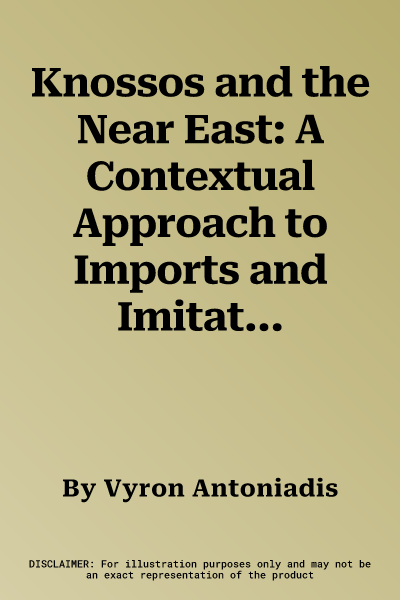Vyron Antoniadis
(Author)Knossos and the Near East: A Contextual Approach to Imports and Imitations in Early Iron Age TombsPaperback, 24 July 2017

Qty
1
Turbo
Ships in 2 - 3 days
Only 4 left
Free Delivery
Cash on Delivery
15 Days
Free Returns
Secure Checkout

Print Length
184 pages
Language
English
Publisher
Archaeopress Archaeology
Date Published
24 Jul 2017
ISBN-10
1784916404
ISBN-13
9781784916404
Description
Product Details
Author:
Book Format:
Paperback
Date Published:
24 July 2017
ISBN-10:
1784916404
ISBN-13:
9781784916404
Language:
English
Pages:
184
Publisher: